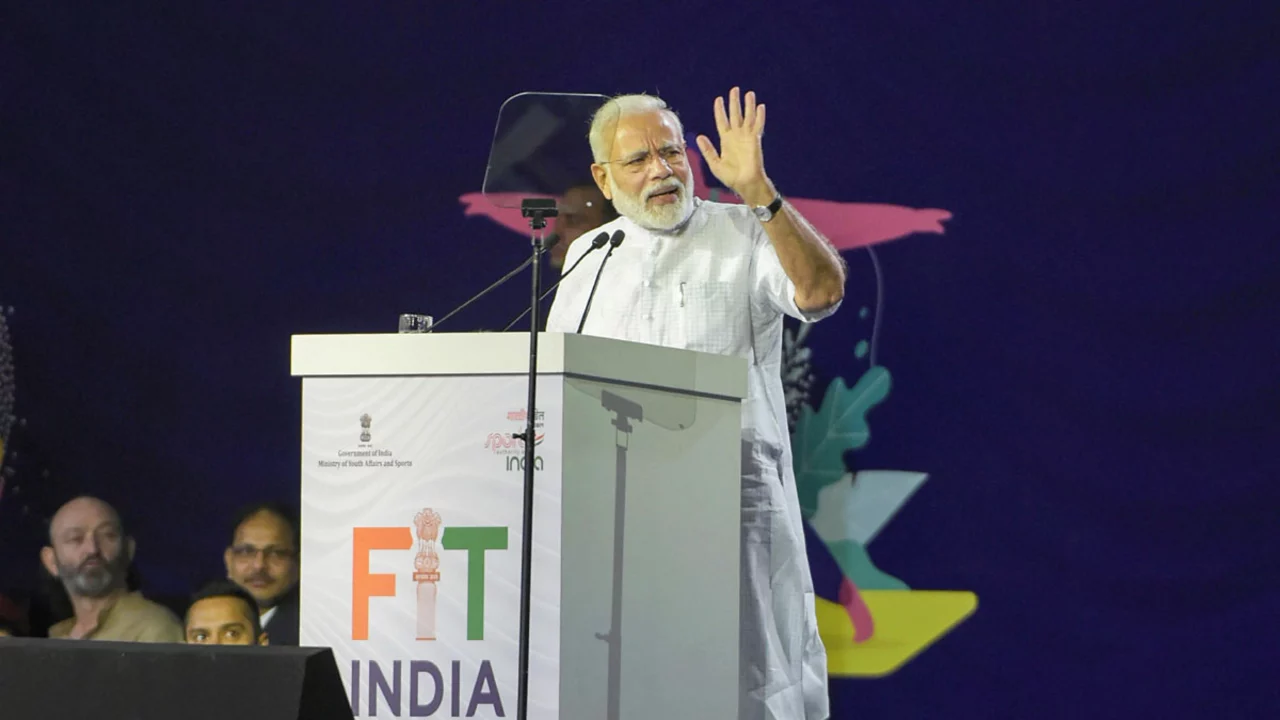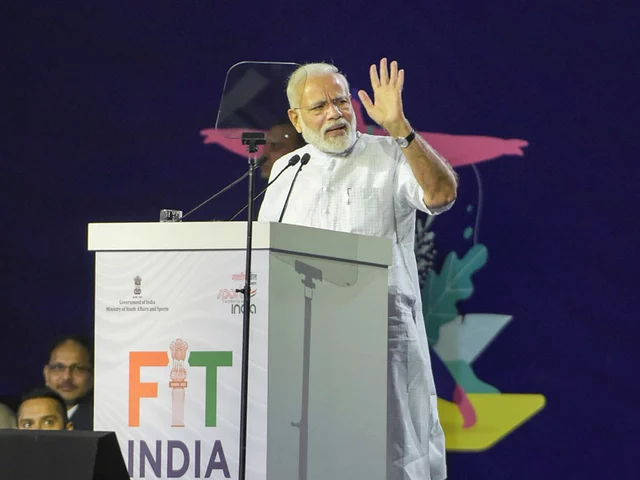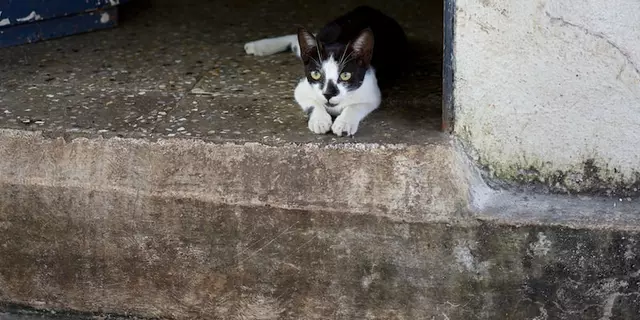PM Modi and the Indian Dairy Landscape
When you hear "PM Modi", you probably think of big speeches and national programs. One of the less talked about areas is how his government has touched the dairy world. Dairy is huge in India – it feeds millions and supports countless small farmers. Understanding Modi’s steps can help anyone in the sector see where the next opportunities lie.
Key Policies Introduced by Modi
First up, the PM-Kisan scheme. Launched to give direct cash to farmers, it also covers dairy owners who grow fodder or run small milk units. The cash helps them buy better feed, vaccinate cattle, or upgrade milking equipment. Another big push was the National Milk Grid. The idea is simple: connect cold storage, processing plants, and markets across states so milk doesn’t spoil and prices stay fair.
Modi’s team also set up the e-NAM platform for agricultural commodities, and milk soon got its own digital marketplace. Farmers can now sell milk online, check real‑time prices, and avoid middlemen who used to take a big cut. The Animal Husbandry Infrastructure Development Fund poured money into building more chilling plants and milk collection centers, especially in the North and East.
What It Means for Farmers and Consumers
For a small farmer, these moves translate to more cash in the pocket and less waste. A farmer in Rajasthan who spruced up his buffalo herd with better feed from the PM‑Kisan cash reported a 20% rise in milk yield within a year. That extra milk means more income without having to grow extra crops.
Consumers see lower price volatility. When milk moves quickly from farm to fridge thanks to cold chains, there’s less shortage in urban markets. It also pushes brands to improve quality, because the digital ledger tracks where each litre comes from. You’ll notice fresher milk and clearer labeling in supermarkets.
Another side effect is the rise of “milk cooperatives”. The government’s push for organized milk collection encouraged groups of farmers to pool resources. These cooperatives negotiate better rates, fund training, and even launch their own branded dairy products.
If you’re thinking about starting a dairy business, the current environment is friendlier than a decade ago. Access to credit improved after the RBI eased loan terms for agri‑linked businesses. Plus, the Ministry of Food Processing Industries announced subsidies for small‑scale pasteurization plants, making it cheaper to add value.
Critics say the reforms haven’t reached every corner – remote villages still struggle with electricity and road access. That’s true, but the trend is clear: the government is building a backbone for dairy that links the farm directly to the consumer. As the backbone strengthens, more farmers get pulled in.
Bottom line: PM Modi’s policies are reshaping India’s dairy sector in ways you can feel in the market or on the farm. Whether you’re a producer, a buyer, or just a milk lover, keeping an eye on these initiatives will help you make smarter decisions today and tomorrow.
Arvind Chatterjee, Jul, 30 2023
PM Modi: Taking mantra of unity, nation will move forward?
Well, folks, it seems our very own PM Modi is chanting a new mantra, and it's all about unity! Talk about a group hug for a nation, am I right? So, the big question: can we, as a nation, really stride forward with this unity thing? It's like trying to make a cricket team agree on dinner. But hey, if anyone can wrangle this wild cat we call India into a purring, unified nation, it's good ol' Modi. Let's see if this unity tune can top the charts!
View More



